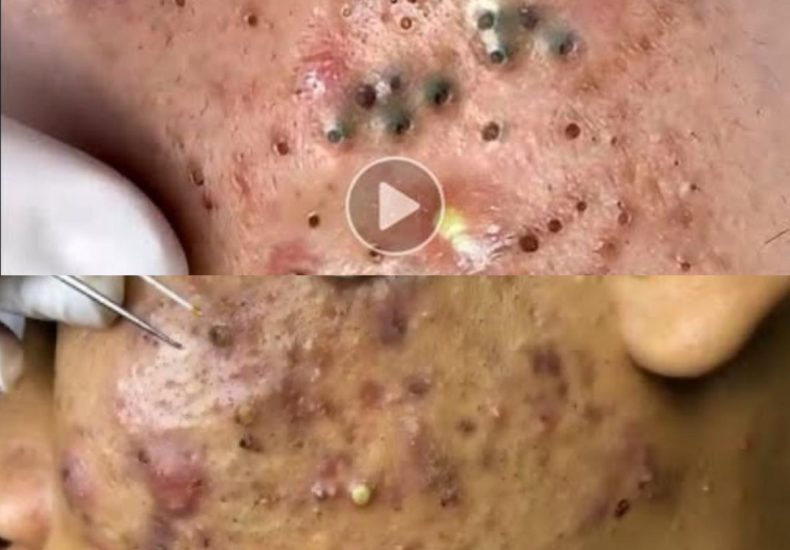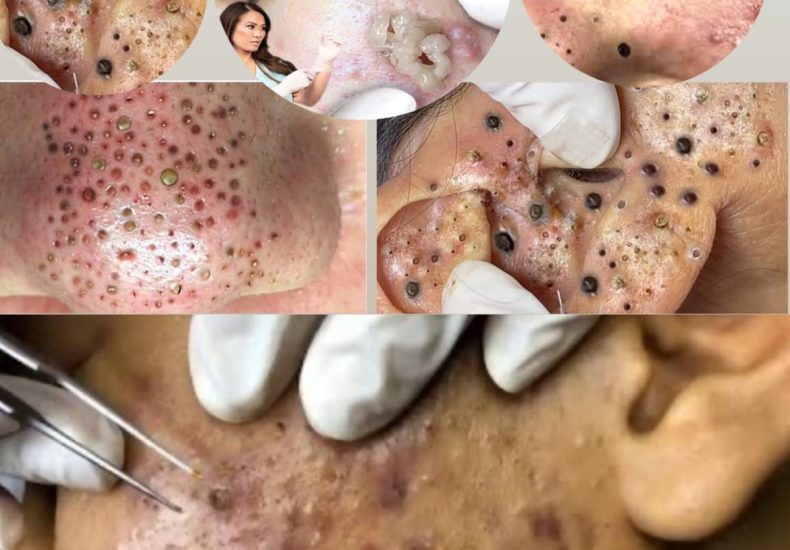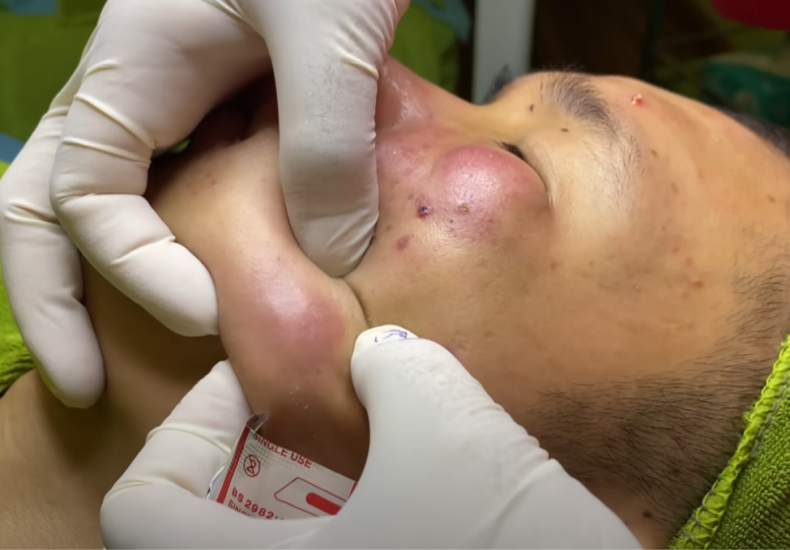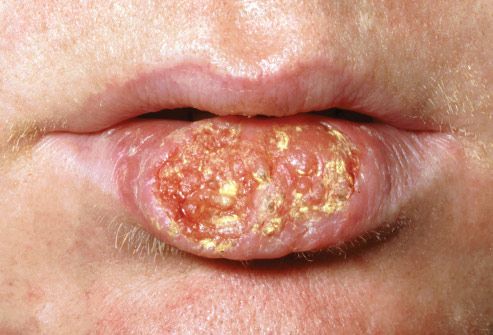Day: October 23, 2025

“Pilar (Trichilemmal) Cysts: The ‘Hair-Raising’ Cyst Explained – Causes, Features, and Treatment”
🔍 What Is a “Hair-Raising Cyst”? The term “hair-raising cyst” is not a medical diagnosis—but it likely refers to a pilar cyst (also called a trichilemmal cyst), a common, benign skin cyst that originates from the hair follicle. These cysts are strongly associated with hair-bearing skin, especially the scalp, and are sometimes described as “hair-related”

How to Treat an Infected Cyst: Step-by-Step Medical Guidance and Evidence-Based Care
An infected cyst (often an inflamed epidermoid or sebaceous cyst) occurs when a benign skin cyst becomes red, swollen, painful, and sometimes filled with pus. While not always caused by bacteria, infection or significant inflammation requires prompt, proper care to avoid complications like abscess formation, scarring, or systemic infection. Below is a clinically validated,

“Evidence-Based Management and Surgical Excision of Large Facial Cysts: A Clinical Guide”
Removing a large facial cyst—such as an epidermoid cyst, pilar cyst, or dilated pore of Winer—requires careful medical evaluation and proper technique to minimize scarring, prevent infection, and reduce the chance of recurrence. Below is a clear, step-by-step overview of how dermatologists safely remove large facial cysts, based on current clinical guidelines. 🩺 1.

Comprehensive Guide to Treating Large or Long-Standing Blackheads: Evidence-Based Solutions and Professional Care
Important: If you have a persistent, large, or painful skin lesion that’s been present for years, it may not be a simple blackhead. It could be a different type of skin condition—such as a sebaceous filament, dilated pore of Winer, epidermoid cyst, or even something requiring medical evaluation. Can a Blackhead Persist for Years?